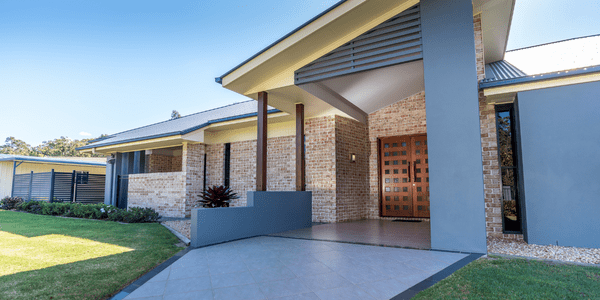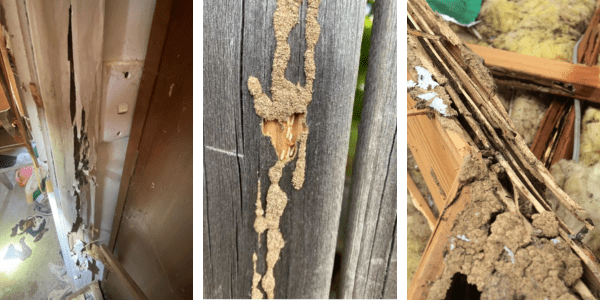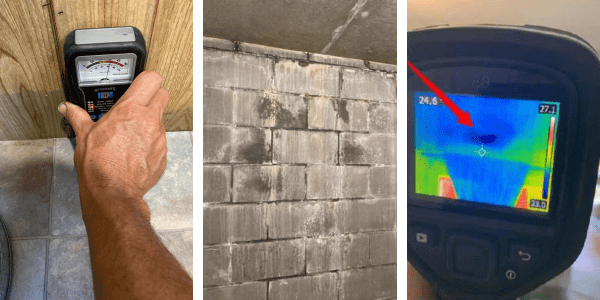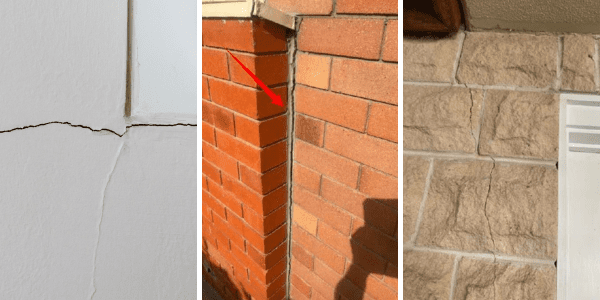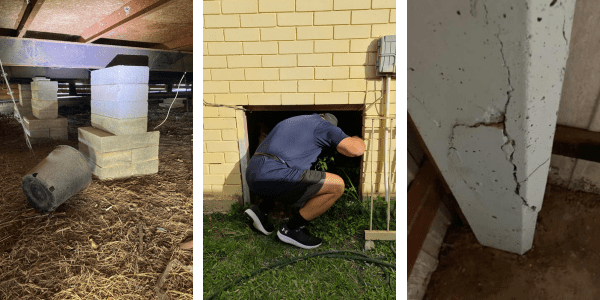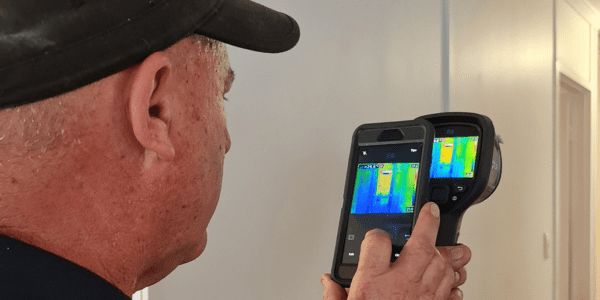Building And Pest Inspection: What To Look For
Knowing what to look for in a building and pest inspection can help you make an informed decision
Every home has its own characteristics and imperfections. Older homes in particular are likely to come with a few defects. Even newer homes are likely to have some issues as unless it’s a brand-new build. What you’re looking for in a building and pest inspection is not perfection. Rather, you need to look at the types of defects and determine whether you have the resources to address the defects.
Here are our top things to consider and defects to look for when purchasing a new property.
1. Consider to overall condition of the property and the incidence of defects before making a decision
One of the first things to consider is the overall condition of the property and the incidence of building defects. In building and pest inspections, this isn’t the overall condition of the house on its own. Rather, it’s the overall condition and number of defects in comparison to other buildings of a similar age and type. It’s important to pay attention to both these items in the report as they indicate whether the home has been looked after and maintained over the years.
For example, if a new home has lots of defects when compared to others of its age and style, it indicates that perhaps the home hasn’t been well maintained. Likewise, if an older home has been well looked after and updated as time went on, then it’s likely to have some defects but not an overwhelming number or anything too serious. Whereas, if it hasn’t been looked after, it may have many complex and costly defects that need attention.
2. Live termites or previous termite damage
Termites can cause a significant amount of damage to properties, especially when left undetected. They are also highly active in Queensland with as many as one in three homes having had a termite attack. Termite damage can be costly to repair and generally isn’t covered under house insurance. That’s why it’s important to look for any evidence of live termites or termite damage before buying a new property.
If live termites or termite damage have been found during your building and pest inspection, it’s important to do further investigations. Firstly, it’s best to contact the building and pest inspector to gain clarification on the extent of the damage and recommendations of what to do next. Termites are living creatures which means every situation will vary depending on the severity of the infestation or damage. You can read about what to do if termites have been found in your building and pest inspection here.
3. Moisture problems and rising damp
Another thing to look for in a building and pest inspection is moisture problems or issues with rising damp. Moisture problems and rising damp are cause for great concern. As they are often costly to repair and can lead to serious issues and structural problems with the property.
Rising damp is particularly concerning as it is caused by moisture coming up from the ground through the walls. This can lead to extensive damage in plaster, flooring and other decorative finishes like skirting boards. It can also lead to health issues like mould. If raising damp is detected during your building and pest inspection, it is important to contact a damp-proof course specialist for further advice and cost estimates.
Any other moisture problems found on the property should be further investigated. Common moisture problems include leaking showers, cracked tiles in wet areas causing moisture, improper drainage, rutted gutters and more.
Depending on the issue, it may be nothing to be too concerned about. However, it’s important to go into the purchase with your eyes wide open, knowing exactly what’s causing the issue and how much it is to repair. To do this, you may need to contact a licensed plumber or leak detection company.
4. Major cracking or cracking throughout the house
Major cracking in a property often indicates that there are settlement issues or that the home is not structurally sound. It’s normal for houses to have small settlement cracks as the ground beneath the house moves over time but what you’re looking for is major cracking. Australian Standards define a major crack as anything greater than 15.0mm. Other cracks between 5.0mm and 15.0mm are also cause for concern, particularly if they are in several locations throughout the property.
Another sign of serious settlement issues is if the doors and windows stick and become difficult to open and close. If your building and pest report mentions major cracking, it is important to seek further advice and recommendations from a structural engineer. As the home may need underpinning which is often very costly. If you have the budget, you may not be put off by this but it's still important to know before buying the house.
5. Subfloor or foundation problems
For highset properties (homes built off the ground), it’s important to look for any issues with the subfloor or foundation stumps. As problems with the subfloor and foundation can affect the entire house and lead to structural problems. Depending on the problem, it can also make the home structurally unsafe.
Common subfloor problems include water ponding underneath the house, cracked foundation stumps and poor ventilation. The cost of repairs will vary depending on the problem. For example, poor ventilation is generally easier to resolve than cracked foundation stumps.
That’s why it’s important to have clarity of what the problem is and get quotes for repairs before buying the property. Depending on the issue, you may need to contact a licensed carpenter, underpinner or structural engineer for further advice and cost estimates.
6. Understand the limitations of a building and pest inspection
A building and pest inspection is a visual inspection of a property to determine its current condition. Under Australian Standards, building and pest inspectors can only visually check accessible areas within 30 meters of the home. This means building and pest inspectors cannot move stored goods, furniture, lift carpet, look behind curtains, or remove wall sheets to see what’s happening behind those areas.
Unfortunately, this means there is always a possibly of other hidden defects or termite activity or damage to be concealed in inaccessible parts of the house such as behind a wall. Likewise, other problems only become apparent once you are living in the property or start renovating.
The building and pest inspectors do use every tool available to them to identify major building defects and any evidence of live termites and termite damage. Such as a moisture meter and thermal imaging camera. However, there’s simply no way of seeing behind walls and other solid objects without conducting a more invasive inspection.
7. Building and pest inspectors can't advise you on whether or not to buy the property
A professional building and pest inspector will not comment on whether you should or shouldn’t buy the property. Instead, the role of the building and pest inspector is to provide you with enough information so that you can make an informed decision. Every situation is unique, and some buyers will choose to purchase the property regardless of any building defects. Whereas others will choose to walk away from the property. For this reason, building and pest inspectors cannot adequately advise on what decision is right for you. However, our inspectors are always available if you have any follow up questions after receiving your report.
You can find out about the typical defects found in building and pest reports here.
Have peace of mind with Dedant Building and Pest Inspections
Each of our inspectors have over 30 years of experience within the building industry and are highly skilled at finding building defects and evidence of termite activity/damage.
For a quality building and pest inspection you can rely on, book with us! Call us on 07 3807 0122 or book via our website.
Servicing Brisbane, Redland Bay, Moreton Bay, Gold Coast, the Scenic Rim, Sunshine Coast, Ipswich and Logan since 2009.

